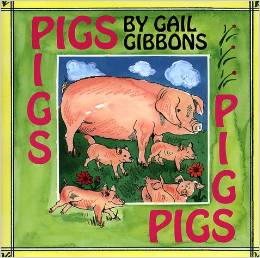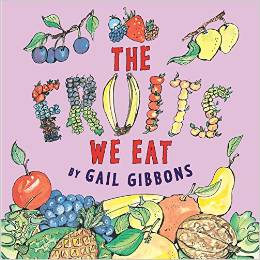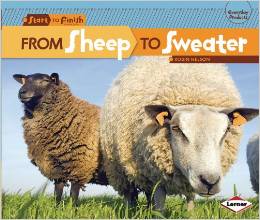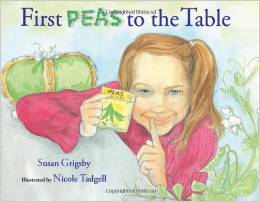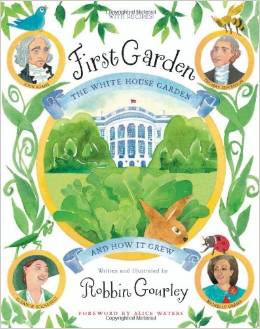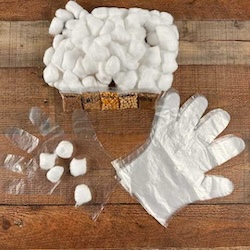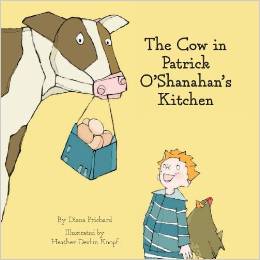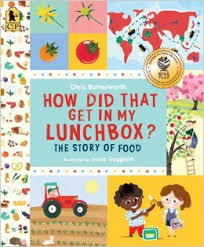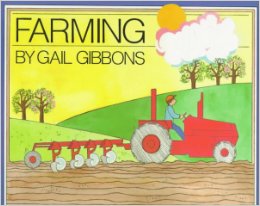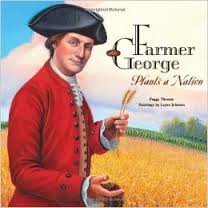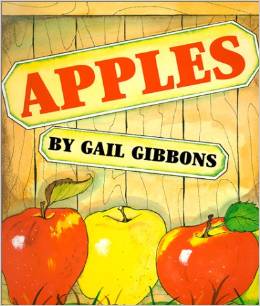
Apples
This book teaches all about apples. Students will learn how and when apples were brought to America, about Johnny Appleseed (John Chapman), where apples grow, names of basic varieties of apples, the parts of an apple, about pollination of apple blossoms, the lifecycle of the apple tree, and the many culinary uses for apples.
